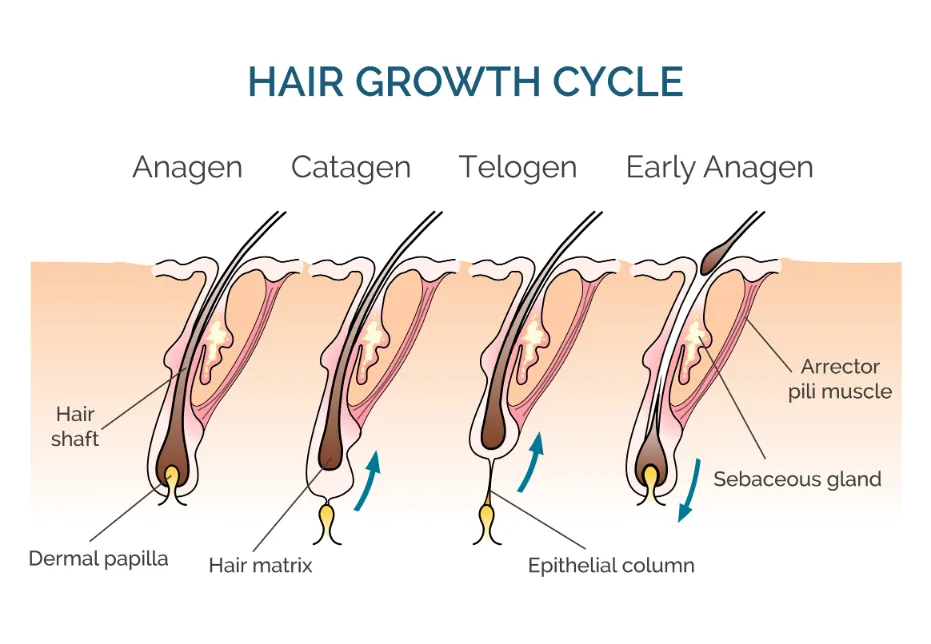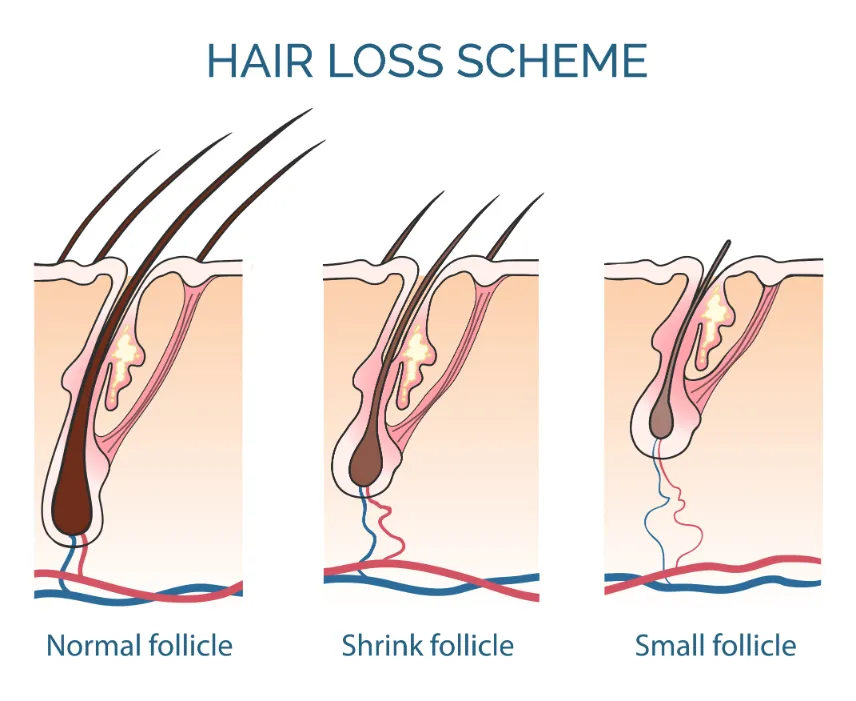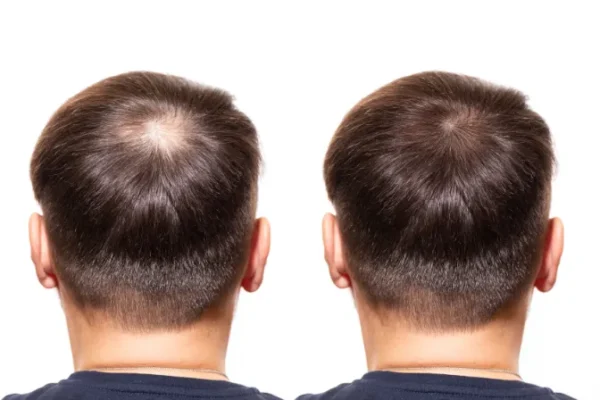Elite Hair Centers
We know that choosing a hair restoration provider is an important decision. At Elite Hair Centers, our unique dermatology and plastic surgery team is dedicated to delivering exceptional results with expertise and passion. This is what sets us apart from the competition.
Hair Cycle
The hair cycle is a continuous process involving growth, rest, and shedding of hair follicles, playing a crucial role in evaluating and treating hair loss.
The hair growth cycle consists of three phases: anagen (active growth), catagen (transition), and telogen (resting). About 90% of hairs on a non-balding scalp are in the anagen phase, lasting up to three years, during which hair follicles produce hair shafts with diameters greater than 0.06 mm. Approximately 10% of hairs are in the telogen phase, lasting three to four months.
The transition from anagen to telogen occurs through the catagen phase, lasting only two to three weeks. At any given time, less than 1% of hairs are in this phase. In the catagen phase, hair follicles regress, detaching from the dermal papilla and shrinking. This phase marks the end of active growth, as the hair shaft stops growing.
During the telogen phase, the basal attachment weakens, leading to the hair shaft falling out. Typically, 50 to 150 telogen hairs are shed per day. After the telogen phase, the hair cycle restarts with the anagen phase, and the process repeats. A prolonged telogen phase can result in telogen effluvium, characterized by an increased number of resting hairs and failure to re-enter the anagen phase. This leads to increased shedding (over 150 hairs per day) and reduced hair density.
Male pattern hair loss involves the transformation of thick terminal hairs (diameter greater than 0.06 mm) into miniaturized, thin vellus hairs (diameter less than 0.03 mm) in susceptible hairs. This process is primarily controlled by circulating androgen levels, including testosterone and dihydrotestosterone. In men, increased androgen levels during puberty trigger the transition from terminal to vellus hair and progressive hair loss. Genetic factors primarily determine the ongoing rate of hair loss and transition to vellus hair. This process may be involved in female pattern hair loss, although it is less clearly defined than in male pattern hair loss.
Both men and women have varying testosterone and dihydrotestosterone levels. While testosterone is required for beard, axillary (underarm), and pubic hair growth, it has no direct effect on scalp hair. However, its conversion to dihydrotestosterone can cause hair loss in susceptible hairs but not in non-susceptible hairs. Men have susceptible hairs on the front and top of their heads, while the sides and back are resistant to hair loss. This resistance forms the basis for hair restoration surgery, as resistant hairs on the back and sides of the scalp (in the donor area) remain resistant to hair loss even when transplanted to the top or front of the scalp.


TESTIMONIALS

Before & After Gallery
*Individual results may vary.

